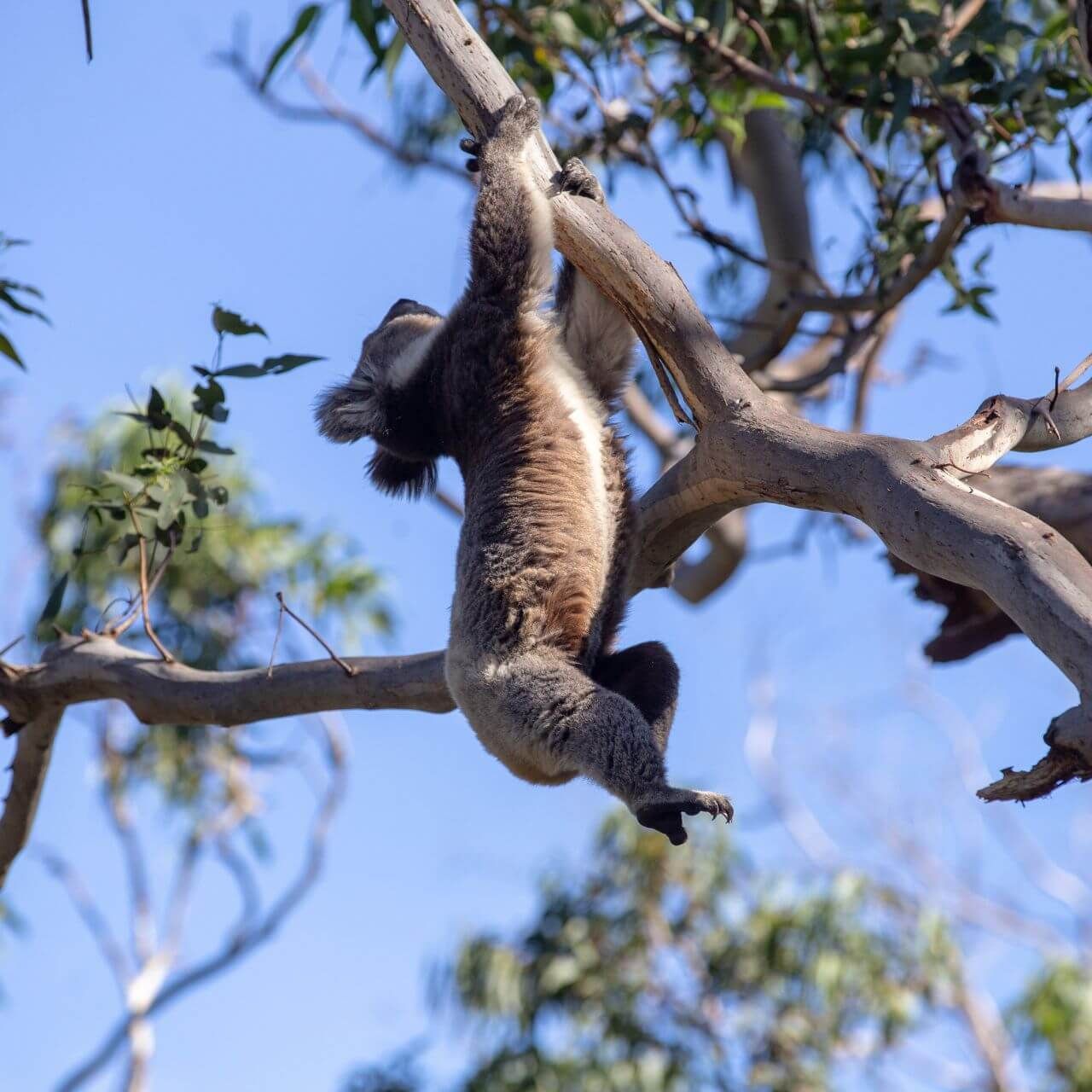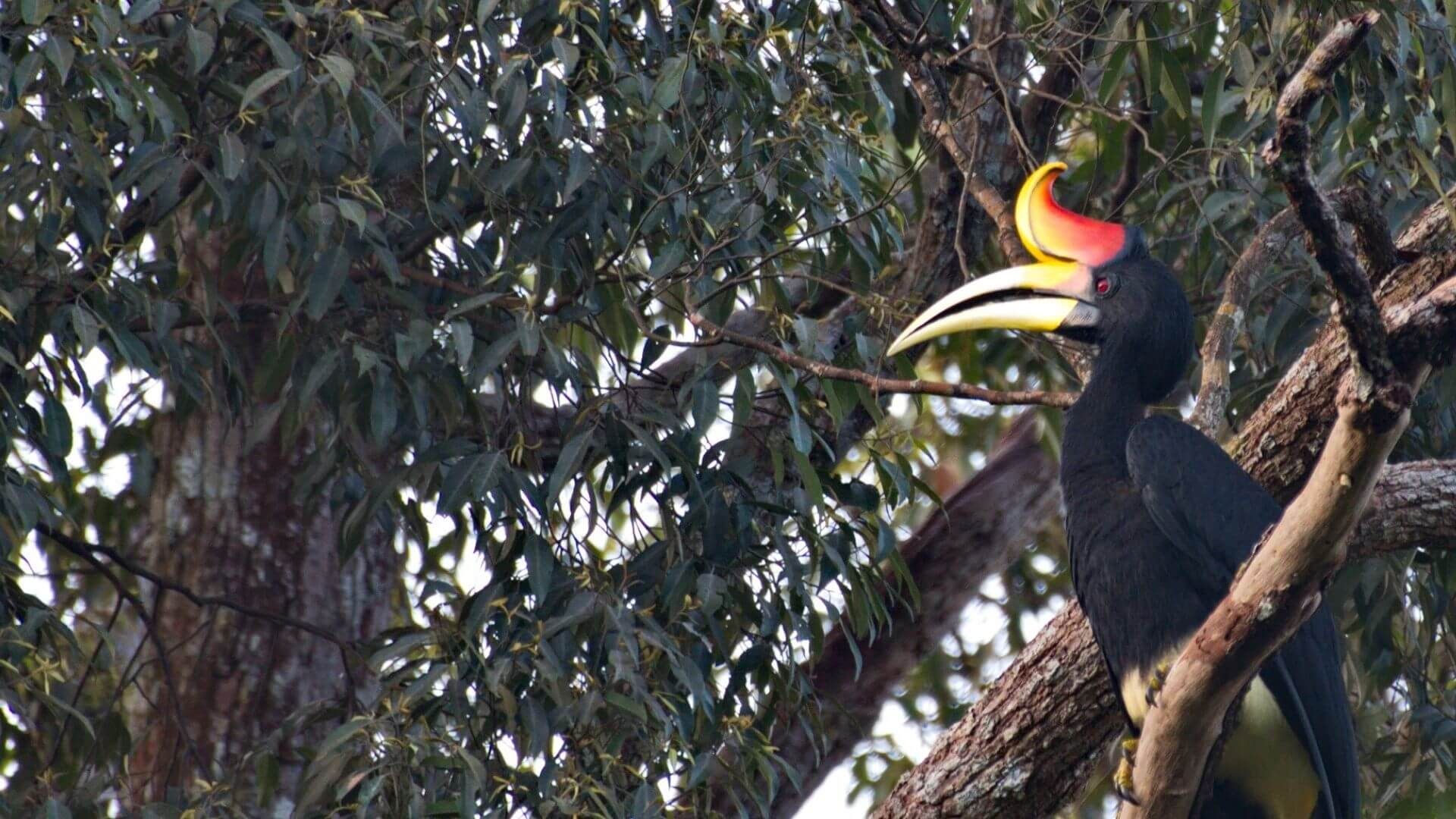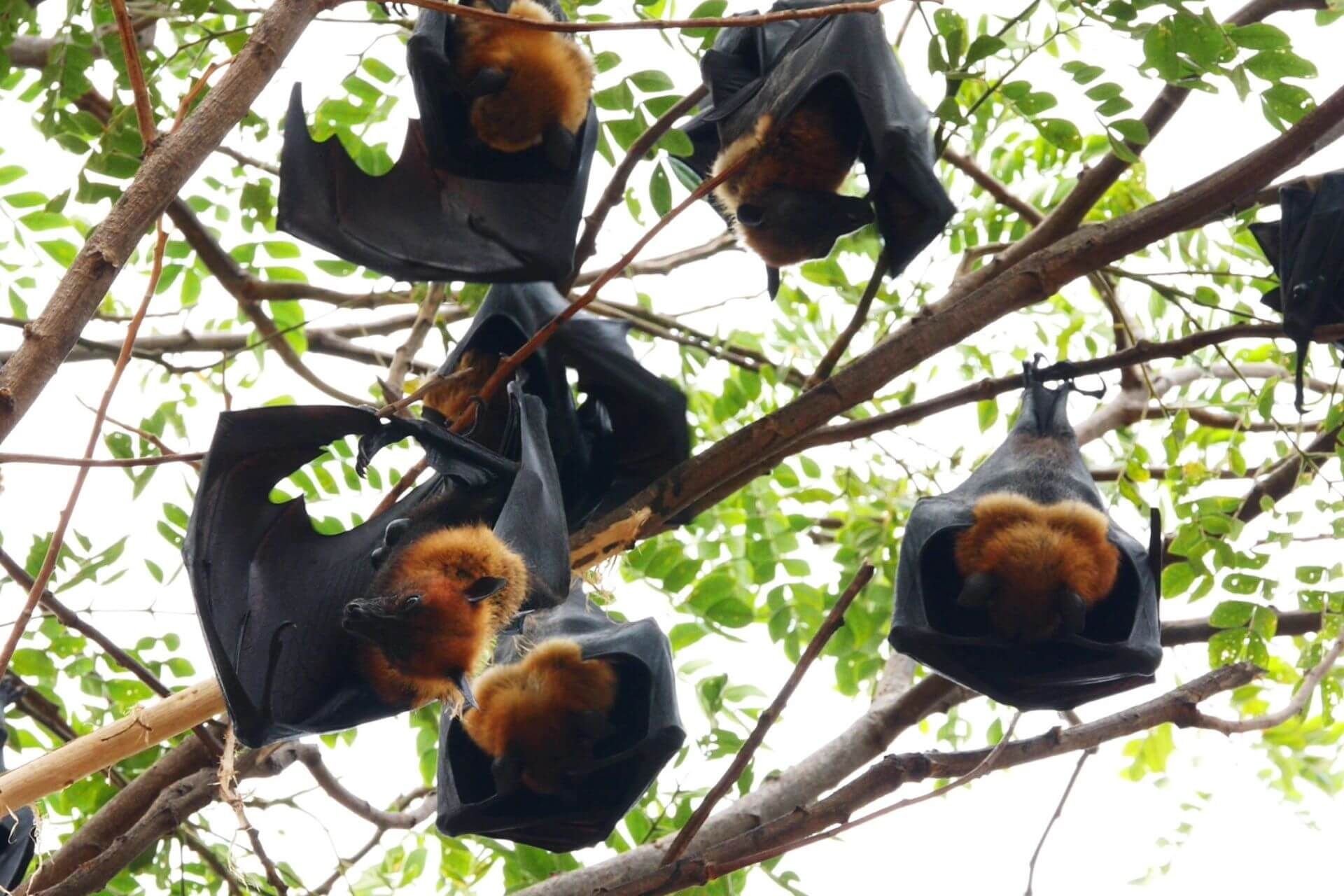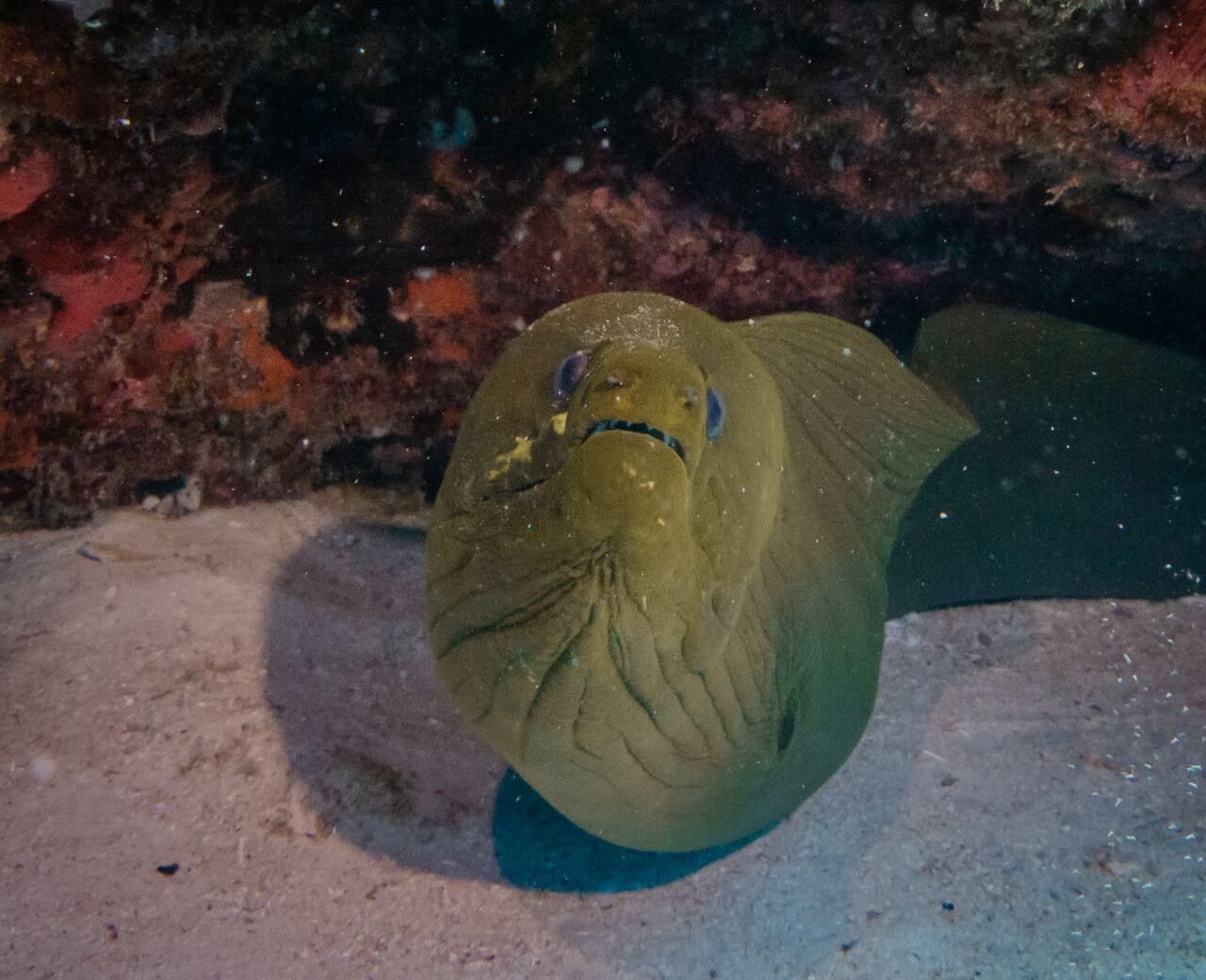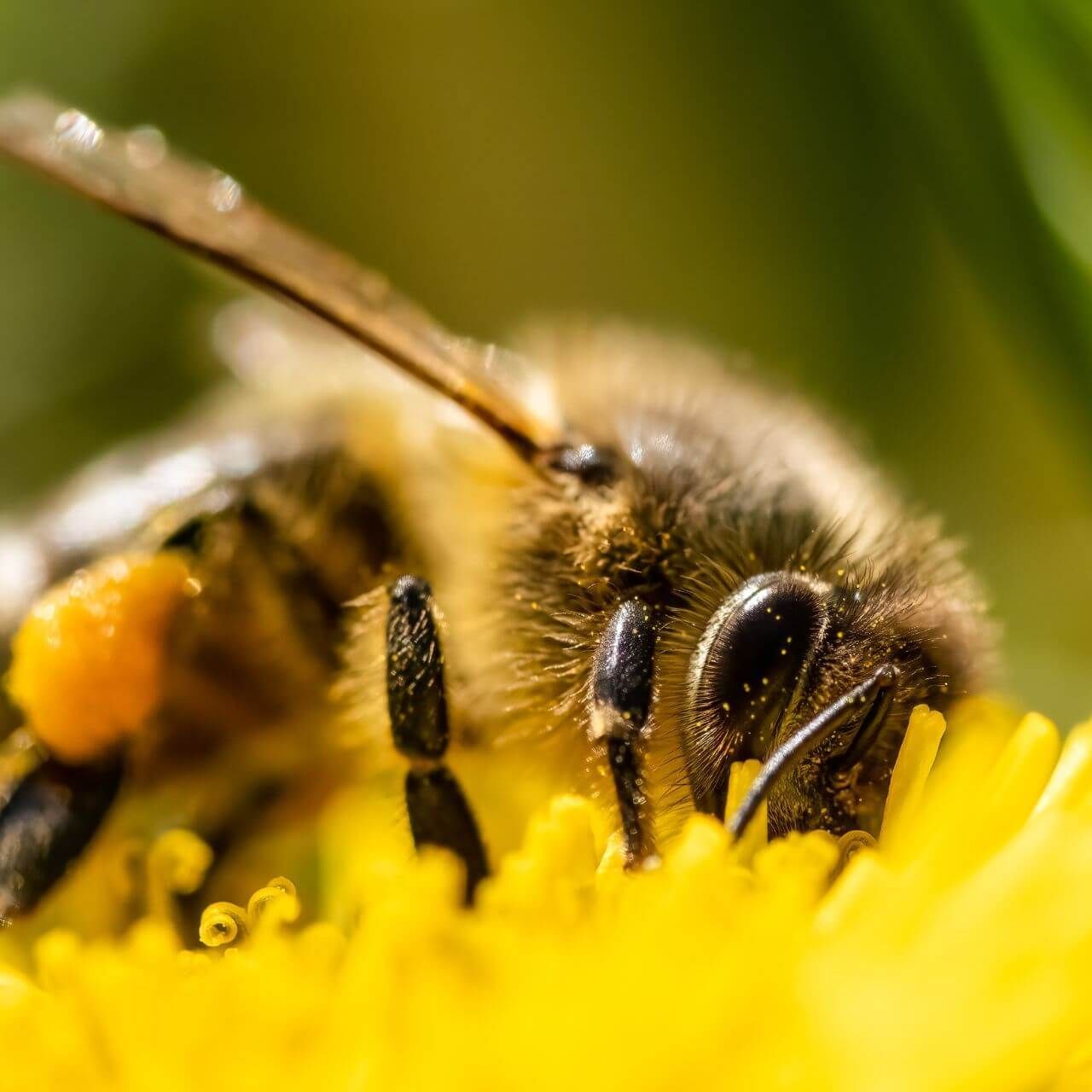Scientific Names
Why Are Animal Names Confusing?
Sometimes talking about animals can be confusing. For example, jellyfish are not actually fish and neither are starfish! This can make things complicated. But don’t worry...
Even if an animal’s common name is confusing, we can rely on its scientific name to set the record straight. Let’s get started learning about scientific names.
What Is a Scientific Name?
You can tell a lot about an animal from its name.
Most animal species have a
common name (sometimes several) and a
scientific name. Scientific names are also called Latin names or binomial names.
We usually use common names when talking casually about animals. We call a lion… well, a lion. We don't usually call them a
panthera leo. But common names can often be confusing. For example...
- Starfish are invertebrates, not fish.
- Prairie dogs are squirrels, not dogs.
- Red pandas are not related to giant pandas even though they are both called "pandas."
Why Do Animals Have Scientific Names?
Scientists use Latin names when discussing animals because they are more specific and tell us more about the animal. A scientific name tells us if we are talking about a species, subspecies, or broader taxonomic group.
How To Write a Scientific Name
When writing a scientific name, the
Genus Is Always Capitalized and the
whole name is italicized.
Writing the Scientific Name of a Species
When writing the scientific name of a species, write the genus (capitalized) followed by the species name (lowercase). This is how you would write the scientific name for a leopard:
Panthera pardus
Writing the Scientific Name of a Subspecies
When writing the scientific name of a subspecies, add the subspecies name following the genus and species name. Like the species name, this word is never capitalized. This is how you would write the scientific name for the Amur leopard, a subspecies of leopard:
Panthera pardus orientalis
How To Abbreviate a Scientific Name
You might see an animal's scientific name abbreviated. To save time, scientists use the first letter of the genus, a period, and the full species names. This is done for subspecies, too.
Abbreviating the Name of a Species or Subspecies
Species
A leopard's scientific name is Panthera parudus. It is abbreviated as:
P. pardus
Subspecies
An Amur leopard's scientific name is Panthera parudus orientalis. It is abbreviated as:
P. p. orientalis
Here are more examples of abbreviated scientific names.
- Greater flamingo: Phoenicopterus roseus
P. roseus
- Eastern box turtle: Terrapene carolina carolina
T. c. carolina
- Southern white rhino: Ceratotherium simum simum
C. s. simum
Abbreviating the Species in a Genus
Genus
When discussing a genus as a whole, scientists write the genus name followed by sp. if there is just a single species or ssp. if there are several species.
The genus Panthera includes leopards, tigers, jaguars, lions, and snow leopards. If we were discussing all 5 species, we would write...
Panthera
ssp.
If we were writing about koalas (Phascolarctos cinereus) , who are the only species in their genus, we would write...
Phascolarctos
sp.
While learning how to write scientific names might be confusing, they are actually meant to help scientists avoid confusion! Take some time to research your favorite animals and practice writing their scientific names so you can become an expert.
Want To Learn More?
Check out EdZOOcating Adventures' Scientific Names lesson with videos, quizzes, activities, projects, glossaries, and more.
Scientific Names Lesson
$8 (No Expiration Date)Membership
Gain access to 70+ lessons for just $10/month or $100/year.









